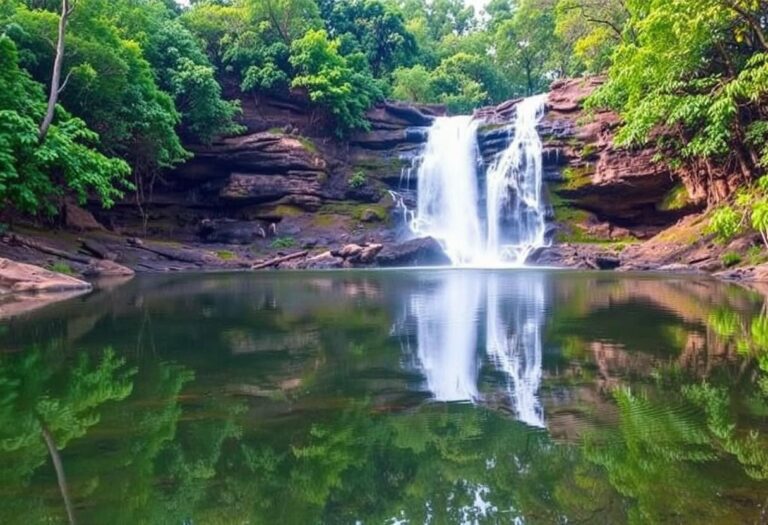India, with its diverse landscapes and rich biodiversity, is home to numerous national parks that showcase the country’s natural beauty and wildlife. Here are the top 10 national parks in India, each offering unique experiences and opportunities to explore India’s rich flora and fauna:
1. Jim Corbett National Park (Uttarakhand)
- Overview: Established as India’s first national park, Jim Corbett is renowned for its population of Bengal tigers and diverse wildlife.
- Highlights: Tiger sightings, birdwatching, and jeep safaris. The park also features beautiful landscapes and the scenic Ramganga River.
2. Kaziranga National Park (Assam)
- Overview: Known for its successful conservation of the one-horned rhinoceros, Kaziranga is a UNESCO World Heritage Site.
- Highlights: Rhino sightings, rich birdlife, and unique grassland ecosystems. The park is home to a variety of wildlife including elephants and tigers.
3. Ranthambore National Park (Rajasthan)
- Overview: Famous for its population of Bengal tigers and the historic Ranthambore Fort, this park is a popular destination for wildlife enthusiasts.
- Highlights: Tiger safaris, historical ruins, and diverse flora and fauna. The park also features picturesque lakes and temples.
4. Periyar National Park (Kerala)
- Overview: Located in the Western Ghats, Periyar is known for its elephants and scenic beauty, with a large artificial lake in the center.
- Highlights: Elephant sightings, boat rides on Periyar Lake, and spice plantation tours. The park is also home to a variety of other wildlife and bird species.
5. Sundarbans National Park (West Bengal)
- Overview: The Sundarbans is famous for its mangrove forests and the Royal Bengal tigers that inhabit the area.
- Highlights: Tiger spotting in a unique mangrove ecosystem, boat safaris, and exploring the dense forests and waterways.
6. Gir National Park (Gujarat)
- Overview: The only place in the world where Asiatic lions can be seen in the wild, Gir National Park is a significant conservation success.
- Highlights: Lion safaris, wildlife photography, and a chance to see other species like leopards and deer in their natural habitat.
7. Kanha National Park (Madhya Pradesh)
- Overview: Kanha is known for its extensive sal and bamboo forests and as a habitat for the Bengal tiger and the barasingha (swamp deer).
- Highlights: Tiger safaris, exploring diverse landscapes, and spotting various wildlife species including sloth bears and wild dogs.
8. Bandhavgarh National Park (Madhya Pradesh)
- Overview: Known for its high density of Bengal tigers and historical Bandhavgarh Fort, the park offers excellent wildlife sightings.
- Highlights: Tiger sightings, exploring ancient ruins, and enjoying the park’s rich biodiversity and varied terrain.
9. Nanda Devi and Valley of Flowers National Parks (Uttarakhand)
- Overview: A UNESCO World Heritage Site, this combined park is known for its stunning alpine meadows and diverse flora.
- Highlights: Trekking through the Valley of Flowers, viewing the majestic Nanda Devi peak, and exploring the rich biodiversity of the region.
10. Hemis National Park (Ladakh)
- Overview: Located in the high-altitude region of Ladakh, Hemis is known for its rare snow leopards and rugged landscapes.
- Highlights: Snow leopard sightings, high-altitude trekking, and experiencing the unique high-altitude desert ecosystem.
Conclusion
India’s national parks offer a glimpse into the country’s rich natural heritage and diverse ecosystems. From the tiger-rich forests of Ranthambore and Bandhavgarh to the high-altitude beauty of Hemis, each park provides a unique experience for wildlife enthusiasts and nature lovers. Exploring these national parks not only offers opportunities for adventure and wildlife sightings but also contributes to the conservation efforts aimed at protecting India’s natural treasures.
